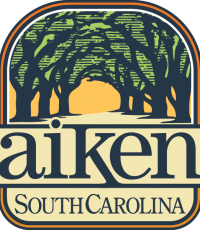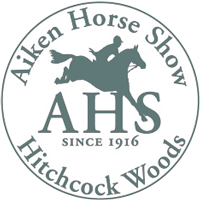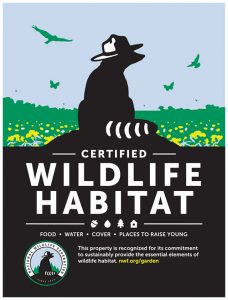Points of Interest
1977 Burn
This area was the site of a wildfire said to be caused by lightning. The fire was contained to a 20 acre area between Cuthbert Ridge Line and the trail that is now named 1977 Burn.
Barton’s Pond Bridge
The original bridge here was built in the time of the Hitchcocks. When the bridge deteriorated and became unsafe, the current bridge was built by the National Guard as a training exercise in the early 1980s.
Bebbington Springs
On this site, spring water flows out of a ravine on a hillside with towering pines and hardwoods.
Blue Ridge Ride
This small trail stretches from the northeast end of Surrey Trace, parallels Bear Pit Line and continues across Swampy Cut Line toward Swampy Cut Path.
Bog Field
This area is named for the upland bogs along the hills near the intersection of High Point Line and Juac Hollow Line.
Brickyard Field
This area is named for the brick manufacturing plant that once was located near Huber Cut and Whitney Drive. The kiln where the bricks were baked was located near a sharp ravine along Whitney Drive.
Cathedral Aisle
The trees on both sides of this trail create the visual effect of the ribs of a gothic cathedral. An old railroad line, this path was the first rail-trail in the country to be recognized by the Rails-to-Trails Conservancy. The South Carolina Railroad & Canal Company built the raised rail bed in 1835 as part of its Hamburg-Charleston route. At the time, the 136-mile rail line was the world’s longest and was the domain of a steam locomotive named the Best Friend of Charleston. The tracks were already abandoned when the Hitchcocks purchased the land later in the century.
Chalk Cliffs
This cliff formation is known as a “vaucluse udorthent.” It is thought to have been around for several hundred years. This area has Virginia pines as well as longleaf pines growing several feet apart, which is very unique.
Gamekeeper’s Lodge Hill
This is the location of the house where Monroe Heath, the Hitchcock family’s head woodsman, lived with his family. The house was burned down on purpose by a chain gang after the Heath family moved out and before the Foxchase neighborhood was developed.
Harry’s Hill
This hillside trail was once home to a small colony of Red Cockaded woodpeckers. Their cavities can still be seen today in some of the flat top longleaf pines that grow along the eastern slope.
High Point Line south of Todd Cut
This hill on High Point Line is the highest point in the Hitchcock Woods, at an elevation of approximately 525 feet above sea level.
Horse Show Ring
This facility was built and named by the Hitchcocks in 1916, the inaugural year of the Aiken Horse Show. The Horse Show Ring had to be moved to higher ground when the area flooded due to municipal stormwater.
Kalmia Trail
This narrow trail follows a ridge abundant with Kalmia latifolia (mountain laurel), which blooms from April to May.
Low Country Ride
This trail provides access to views of a steep hillside with trees draped with Spanish moss.
Memorial Gate
This Aiken landmark dates from 1926. Built of brick and Italian marble, it was erected by Mrs. Thomas Hastings and 20 friends at the north entrance to the Hitchcock Woods in memory of Francis R. Hitchcock (brother of Thomas Hitchcock). For many years, this was the official entrance to the Woods from Devil’s Backbone, until lands owned by Dolly Bostwick later became Foundation property.
Mr. Fletcher’s Ride
This trail has some of the most challenging slopes in the Woods.
Ridge Mile Track
This is a very early, original track put in by Mr. Hitchcock to school his young steeplechasers. The first Aiken Hunt Steeplechase races were run over the regular drag lines in the Woods, not on the track.
Sand River
Sand River is an ephemeral stream, which means that it flows only during and shortly after local rain events. In between the flow periods, only the dry, sandy riverbed is seen, hence the name.
Tea Cottage Site
The Tea Cottage was built, probably in the 1920s, by Miss Celestine Eustis (aunt of Louise Hitchcock) for tea time after the hunt. The building burned twice and was rebuilt once. The second building was burned by vandals in the 1970s.
Willie Barton’s Springs / Willie Barton’s Place
These are the areas where Mr. Willie Barton collected his drinking water, and where he lived and farmed the hillside.





